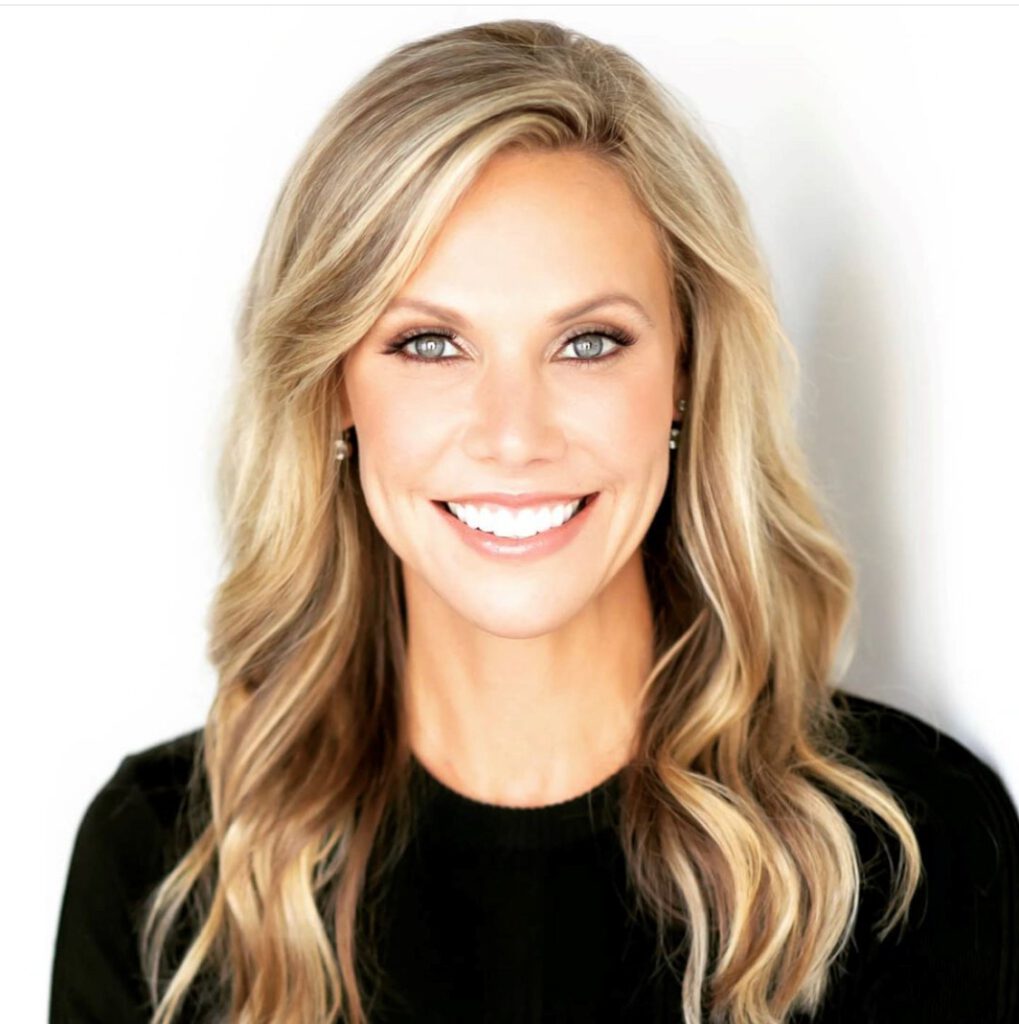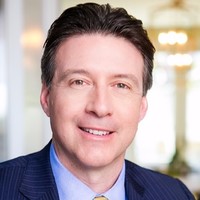For most reverse mortgage companies, communicating the potential benefit that the product could have to prospective borrowers centers around some kind of enhancement: enhance your cash flow in retirement; your quality of life; your portfolio; your buying power; etc. Another potential application of a reverse mortgage loan’s proceeds revolves around enhancing the home itself. This can be done either for general comfort and aesthetic purposes, catching up on needed repairs which may have been previously put off, or retro-fitting the home so that an occupant can age in place with greater ease.
Reverse mortgage lenders realize that aging in place is an often critical component in a person’s decision to get a reverse mortgage, so providing a straighter pathway towards ensuring that the home can properly accommodate the changing needs of seniors as they get older is an understandable extension of the reverse mortgage mission. In that vein, the industry has seen major demonstrative actions from at least two major reverse mortgage lenders that aims to bridge the gap between reverse mortgages and home modification.
The approaches of the lenders
Earlier this year and shortly after going public, Finance of America Companies – parent organization to leading reverse mortgage lender Finance of America Reverse (FAR) – announced the acquisition of home improvement financing option “Benji,” an offering it acquired from Renovate America, Inc. The acquisition of Benji morphed into a new FoA vertical called Finance of America Home Improvement (FOAHI), which company leadership at the time said had major potential to interact with other verticals like Finance of America Mortgage (FAM) and FAR.
More recently, current industry leader American Advisors Group (AAG) announced a partnership with home improvement community VGM Live at Home, a nationwide, collaborative membership community with services for independently owned and certified accessible home modification providers and contractors. The accord between AAG and VGM saw the reverse mortgage lender become VGM’s official “equity solutions provider,” seemingly streamlining the path between home modification and a reverse mortgage that can be used to help finance such efforts.
While fundamentally different at a core level, the fact that two major, leading reverse mortgage lenders are placing as much time, attention and resources into the home modification sector could indicate a new focus on such efforts by the broader reverse mortgage business. Finding the appropriate synergies was not difficult, nor was it a complicated process to extrapolate the potential benefits both to senior borrowers and the companies currently operating in the reverse mortgage space according to executives at both AAG and FAR.
FAR: a new vertical, and new potential collaboration
A key motivator on the part of Finance of America at-large, and FAR specifically in placing attention in this area partially stems from the fact that the senior demographic was the hardest hit by the COVID-19 coronavirus pandemic. This is according to Kristen Sieffert, president of FAR.
“We know people want to stay in their homes and age in place,” Sieffert tells RMD. “It’s a trend that has become even more prevalent given the pandemic. As older Americans rethink their space to make it as comfortable and functional as possible, they may need to make renovations to create their forever home.”
A dedicated new vertical within the larger FoA organization gives opportunities to identify ways in which certain clients can benefit from some kind of home modification, Sieffert explains, which absolutely includes seniors served by FAR’s reverse mortgage products.
“At FAR, we’ve seen firsthand how customers are making effective use of home equity to give them the financial flexibility they need to age in place,” Sieffert says. “Moreover, through our partnership with Silvernest, their insightful customer surveys are telling us that older homeowners want to make repairs so that they can make home-sharing possible to generate income and foster companionship, both of which are essential in a healthy and holistic retirement picture.”
FAR announced that it had engaged into a partnership with Silvernest – a roommate matching and home sharing company aimed primarily at baby boomers – in November of 2018. At the time, FAR expressed that home sharing had potential to serve as both a reverse mortgage alternative and a complement to it. However, identifying the possible synergies between Silvernest and the new home improvement vertical is an ongoing process.
“We’re exploring different ways FAR and Silvernest can collaborate with FOAHI to leverage their unique platform, allowing more homeowners to undertake home renovation projects,” Sieffert explained. “Ultimately we want to make it easier for homeowners to unlock the power of their home and help them thrive in retirement.”
AAG: the VGM Live at Home partnership
Earlier this month, AAG announced that it had engaged into a partnership with VGM Live at Home as its official home equity solutions provider, potentially providing an option for members of the membership community to finance home modification efforts through AAG’s suite of government-sponsored and correspondent proprietary reverse mortgage products.
The impetus for the partnership comes from a desire on the part of AAG to ensure that those who may wish to age in place but require additional work on their home to be able to facilitate that effort can have an additional option to see that goal through to its completion. This is according to Jesse Allen, EVP of alternative distribution at AAG.
“We know we get better outcomes when folks age in place,” Allen said on a recent episode of The RMD Podcast. “The research shows you [that seniors find better] medical, health, longevity and liquidity outcomes, but your home may not be set up that way. That’s a very practical problem.”
By connecting seniors with a dedicated network of business partners who aim to help seniors fashion their homes into more easily-livable spaces as time goes on, VGM Live at Home helps facilitate solutions that AAG borrowers may simply not have had access to or awareness of, Allen says.
“We were looking for like minded partners who share a desire to do business with that addressable audience, and we believe can help through partnerships,” Allen explained. “And this happens to be a sponsorship, so we get to educate their members. It’s all about education. This comes from my banker days. We believe that the retirement crisis is real, the numbers are real. And if we do a great job in educating stakeholders and including partners like VGM and their clients, and we give them very professional salespeople through a multitude of touch points, that eventually they’ll be motivated to take action. So, that’s the ‘why’ behind the VGM sponsorship.”







